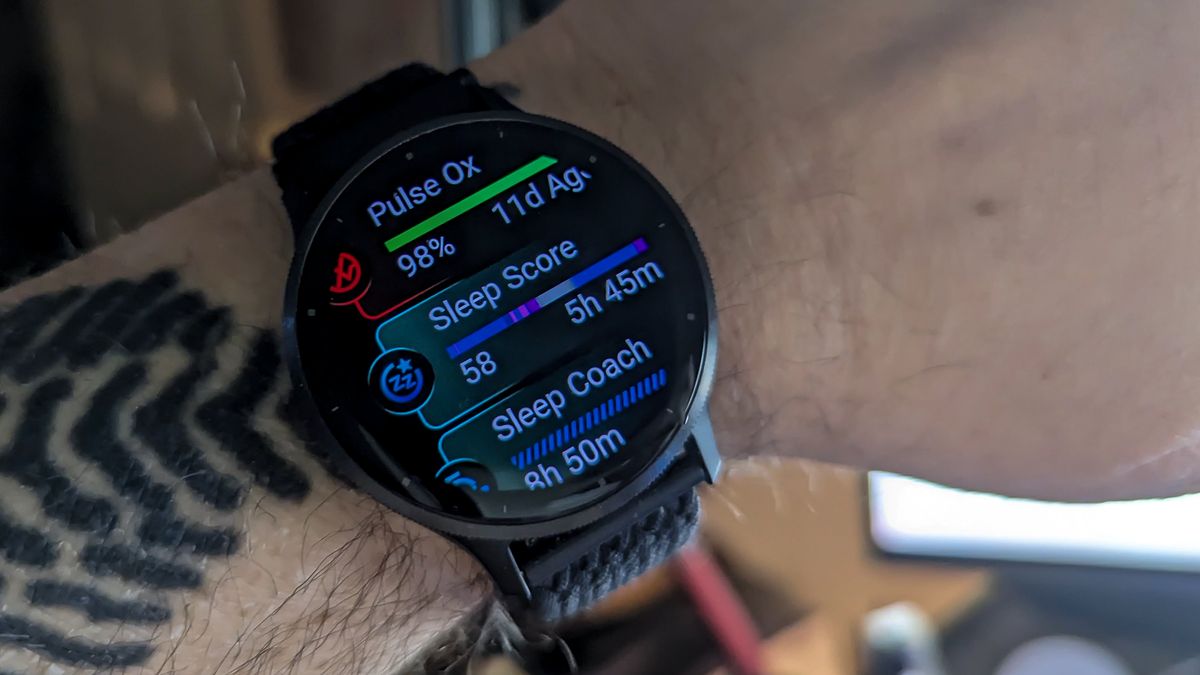Travel
These Are the Cheapest Times to Fly to Japan — Plus Tips for Exploring on a Budget
:max_bytes(150000):strip_icc()/TAL-kyoto-temple-and-cherry-blossoms-FLYJPCHEAP1024-3a429b946e3640da90b31c4a3bc13b23.jpg)
There’s no doubt Japan is a tourism hotspot. In the pre-pandemic years, more than 30 million visitors traveled to Japan annually. That number is expected to be exceeded in 2024, with 24 million travelers already having visited Japan between January and August this year.
As it currently stands, the yen-dollar exchange rate is in Americans’ favor, making this a fairly budget-friendly time to visit Japan. But there’s always one big hurdle in the way: flights. If you’re looking to score affordable flights to Japan, you’ll want to time your visit just right. Lucky for you, we spoke to an expert to determine the cheapest times to fly to Japan.
Factors That Impact Flight Prices
“The two biggest factors that impact flight prices are seasonality and traveler demand,” an Expedia spokesperson tells Travel + Leisure. “Traveling during the off-season is often much cheaper and less touristy.”
In Japan, peak tourism season is the spring, specifically for cherry blossom (or sakura) season. The cherry blossoms bloom at different times across the country, but generally speaking, the sakura season runs from late March into May. With millions of visitors coming to Japan for the pink flowers, airfare tends to skyrocket. A secondary peak season is in the late fall, when the temperatures and humidity in Japan finally drop from their summer extremes but the cold winter hasn’t yet started.
It’s also important to consider regional seasonality. The northern island of Hokkaido, for instance, is particularly popular in winter for skiing and hot springs, which creates demand for flights — and thus airfare goes up. On the opposite end of the spectrum, the southern island of Okinawa is a beach destination, so its peak season is in the summer.
Daniel Gorostieta/Travel + Leisure
Cheapest Times to Fly
“According to Expedia’s booking data, the cheapest time to fly to Japan varies by destination, but generally spring and summer are the most expensive,” the spokesperson shares with T+L. That, of course, matches cherry blossom season and school summer holidays.
Expedia data shows that the cheapest time to fly to the major tourism hubs of Tokyo, Kyoto, and Osaka is January. If you plan on flying to other destinations in Japan, the cheapest times to fly vary; for example, Expedia data shows that the cheapest flights to Kobe are in November, while the cheapest flights to Fukuoka are in September.
“Traveling during these months can yield savings of around 30 percent or more compared to peak prices in the summer,” says the Expedia spokesperson. “Sure, you may need to pack a heavier jacket and rain gear, but it could be worth it to stretch dollars further and see Japan without the crowds.”
Tips for Finding Cheap Flights
Set up flight alerts.
“First, it’s important to get a sense of what the ‘typical’ price is for your destination,” says the Expedia spokesperson. Use a price tracking tool well in advance of your trip to determine a baseline price for your ideal route. That way, you’ll know exactly what constitutes a “good deal” when you see it.
Be flexible.
The more flexible you are with your travel plans, the more likely it is you’ll snag a cheap flight. Japan is an easy country to travel around, thanks to a robust domestic flight and bullet train network, so you don’t necessarily need to fly into your final destination. Just be sure to factor in the cost of domestic transportation.
If you can adjust your travel dates a few days earlier or a few days later, you can often take advantage of cheaper flights. For example, according to Expedia’s 2024 Air Travel Hacks Report, Thursday flights are up 16 percent cheaper than flights on other days.
Consider your booking window.
Booking a last-minute flight is typically very expensive, but booking a flight too early can also be more expensive. Per Expedia, the sweet spot for international flights is less than 60 days out from travel.
Keep checking your flight’s price after you book.
Once you’ve booked your flight, you’re not done — if you set price alerts for your specific flight, you’ll be notified if the price drops. In that case, you can usually get airline credit for the price difference. Of course, credit isn’t the same as a refund, but if you plan on traveling more on that airline in the near future (there’s usually an expiration date of about a year for the credit), you can start adding to your next vacation fund.
Beware of basic economy fares.
“One thing to keep an eye on is whether you’re selecting a basic economy or similar restrictive fare,” says the Expedia spokesperson. Basic economy fares often eliminate perks like carry-on bags and seat selection — if you want these perks, you’ll have to pay extra for them, negating potential savings.
Manorath Naphaphone/Travel + Leisure
Other Ways to Save Money on Your Trip
Stay in less central locations.
As a general rule when it comes to accommodations, the closer you are to tourist attractions and the city center, the more expensive the stay. It’s often worth staying a bit farther out and using public transportation (which is pretty cheap in Japan) to get where you need to go. Try to avoid taxis, as they’re much more expensive than buses or the subway.
Buy a Japan Rail Pass.
If you plan on traveling between cities by train frequently during your trip, a Japan Rail Pass can be a cost-effective way to get around the country.
Take overnight buses.
This is a double win — overnight buses are one of the cheaper forms of inter-city transportation, and they’ll save you the cost of a hotel for a night.
Visit free attractions.
Japan has many beautiful temples, shrines, parks, gardens, and markets that are free to enter. Plus, simply walking the city streets can be a form of free entertainment in its own right.
Eat at konbini.
Forget Michelin stars. Japanese convenience stores, or konbini, are the best place for food on a budget. At lunchtime, you’ll see many locals lining up in 7-Elevens to grab cheap but good eats, like onigiri, or rice balls.







